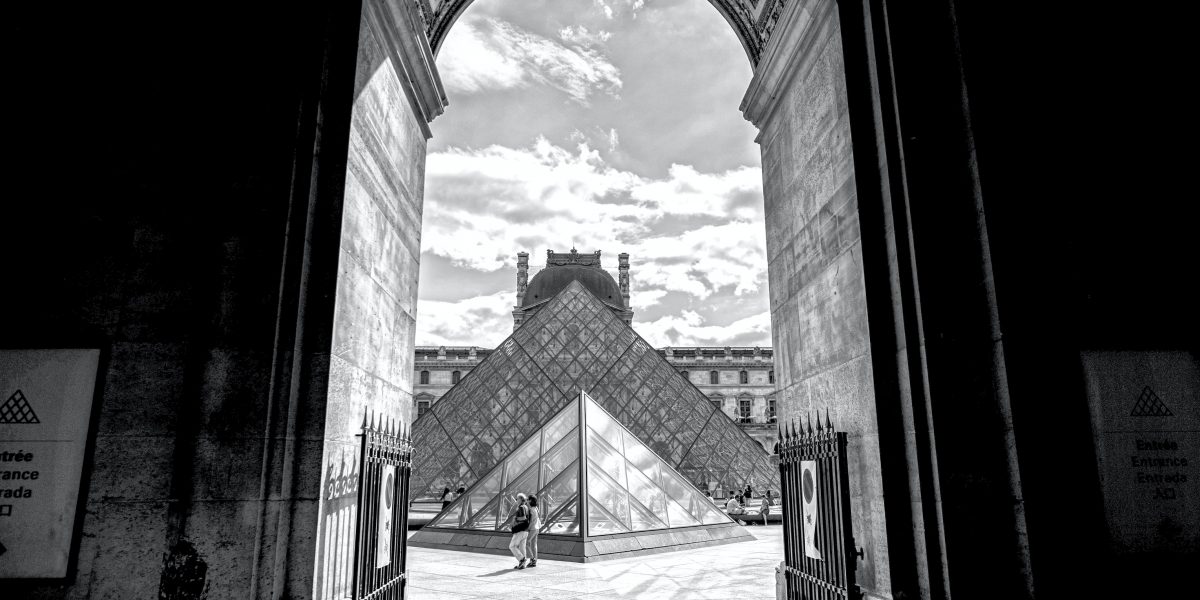Leonardo da Vinci’s painting Salvator Mundi has long been shrouded in mystery. The 16th-century portrait of Jesus Christ periodically disappeared over hundreds of years before being mistakenly sold at auction as another artist’s work for just £45 in 1958. In 2005, art dealers purchased the damaged painting for approximately $10,000 in an estate auction. After it was painstakingly restored, an anonymous buyer bought it at auction in 2017 for a record-breaking sum, more than $450 million.
But is the painting truly a Leonardo? Who owns it? And why wasn’t it in the blockbuster Leonardo retrospective at the Louvre in 2019? Hard-bargaining tactics help to explain the last of these three mysteries, according to a recently leaked top-secret report, which sheds light on the other open questions as well.
The Missing Piece in Hard-Bargaining
In the years leading up to 2019, Louvre curators negotiated for the loan of as many of Leonardo’s paintings and related drawings as possible from museums and private collectors worldwide for an exhibition honoring the 500th anniversary of the great artist’s death. “It takes a ton of horse-trading and convincing and last-minute panicking to pull off these shows,” University of Oxford art-history professor Martin Kemp told the Wall Street Journal.
The curators assembled 160 Leonardo works for the show, only 32 of which came from the Louvre’s collection. But the prized Salvator Mundi was noticeably missing. The museum claimed it had reached out to the painting’s mysterious owner—widely believed to be Saudi Arabia’s crown prince, Mohammed bin Salman—but received no response.
Hiding in Plain Sight
In a 2021 French documentary about the Salvator Mundi, two anonymous figures identified as French government officials claimed the Louvre had concluded that Leonardo had “merely contributed” to the painting rather than being its sole creator. As a result, Crown Prince Mohammed had allegedly refused to loan the painting for the anniversary exhibition in Paris.
In June 2021, the New York Times and other media outlets procured a secret report, prepared by Louvre curators in December 2019, that painted a very different picture. According to the report, the Salvator Mundi was indeed purchased on behalf of the crown prince and now belongs to the Saudi Ministry of Culture. In 2018, before the retrospective in Paris, the prince secretly had the painting shipped to the Louvre for a forensic examination. Using advanced technology, a team of French scientists concluded it exhibited many of Leonardo’s telltale habits and materials, and was almost certainly his work alone.
An Artful Pairing?
That conclusion should have paved the way for the painting’s inclusion in the Louvre retrospective, but for a hard-bargaining demand from Saudi officials that the French said was impossible to meet.
The Saudis wanted their painting to be hung next to the Mona Lisa, which would have sent a clear message about its status. The Louvre refused, citing security reasons. The revered Mona Lisa is so closely protected that even moving it within the museum for the temporary Leonardo exhibition was out of the question. It would also be impossible to hang the Salvator Mundi alongside the Mona Lisa, the French insisted.
For weeks, Franck Riester, France’s culture minister at the time, tried to mediate a solution. Attempts at deal-making continued even after the Leonardo retrospective had gotten underway at the Louvre, according to the Times. But both sides refused to budge. Perhaps in retaliation, the Louvre decided to keep the authentication of the Salvator Mundi under wraps. Two years passed before the secret report leaked to the press.
Hard-Bargaining Hits a Brick Wall
The negotiation was a failure for both sides, each of which was left to accept a disappointing best alternative to a negotiated agreement, or BATNA.
By refusing to back down from its demand, the Saudi government sacrificed the opportunity to show off its glittering new possession and bask in its reflected prestige. Accepting the French at their word—that the refusal was based on insurmountable security concerns—could have set up a more effective negotiation strategy and a mutually beneficial outcome.
The French, meanwhile, might have used negotiation techniques to appease their counterparts’ status concerns, such as promising to publicly tout their authentication of the painting and to display the Salvator Mundi in a place of honor. The impasse shows that pride and status concerns can trigger hardball tactics in negotiation, which can often be met by listening carefully and brainstorming creative ways to meet everyone’s interests.
What negotiation tactics have you used to get beyond hard-bargaining moves?
